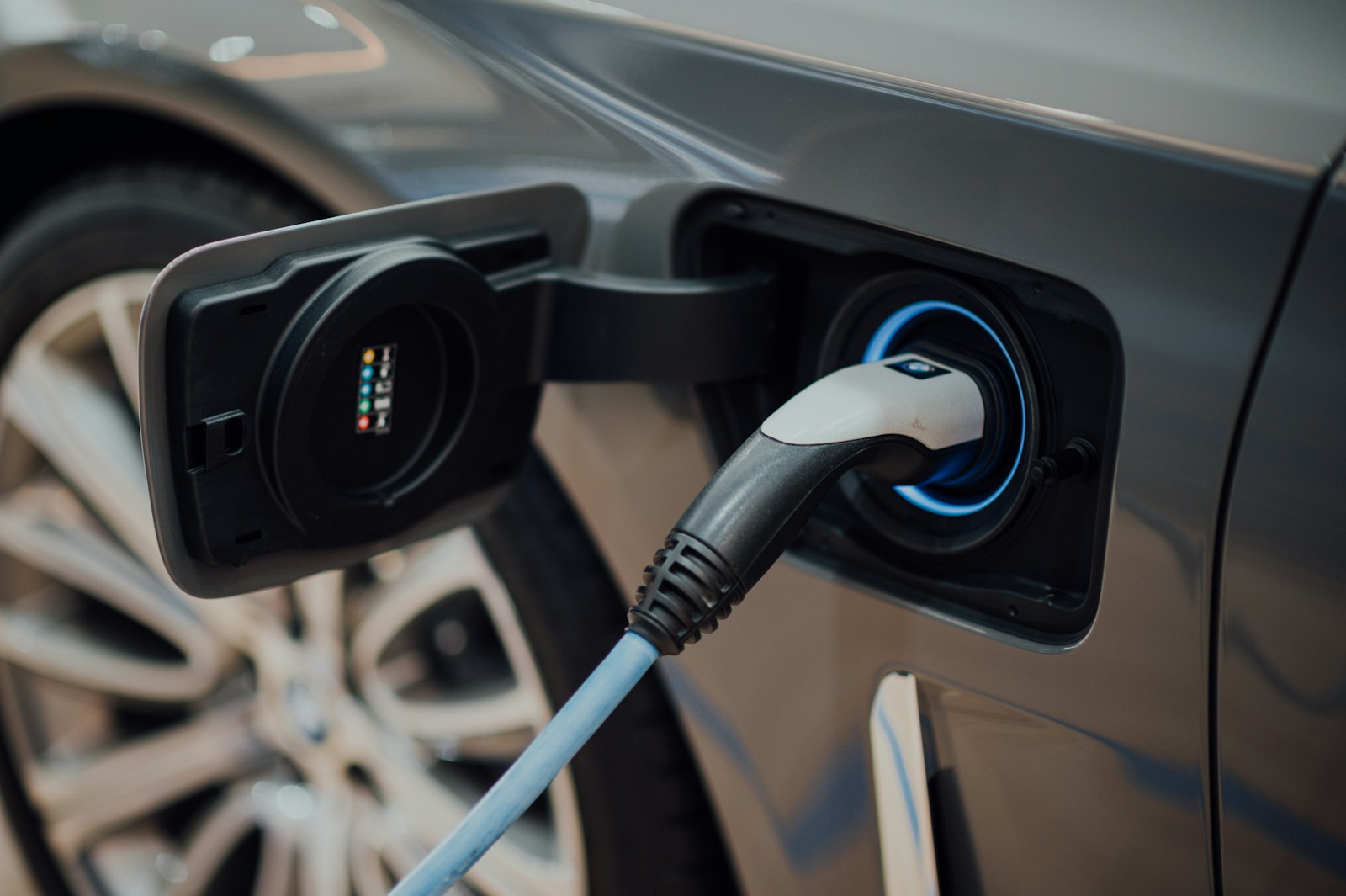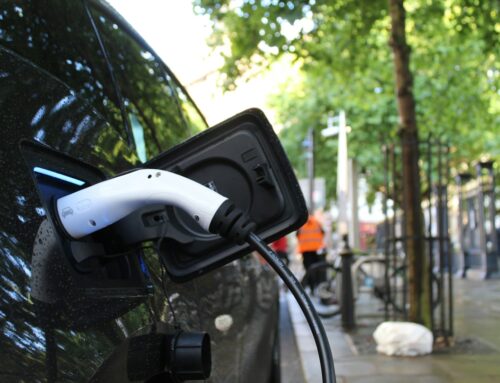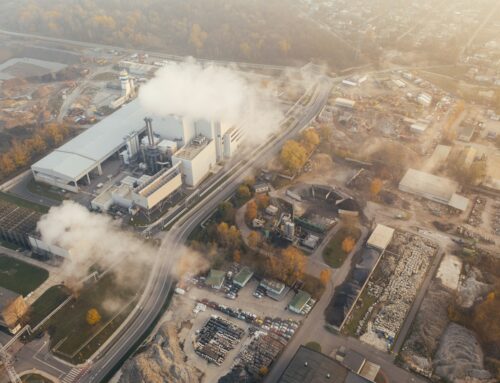China’s new energy vehicle (NEV) sector is rapidly developing, but as the number of NEVs grows, challenges in the usage process have also emerged. In particular, charging difficulties trouble many NEV owners and impact consumer confidence in the NEV market.
According to reports from Chinese media, statistics from the National Energy Administration of China show that by the end of 2024, the total number of charging facilities in China had reached 12.818 million units, an annual increase of 49%. Among them, highway service areas across the country had built a total of 35,000 charging stations, achieving a coverage rate of 98%.
In terms of the overall car-to-charger ratio, 12.818 million charging stations correspond to 31.4 million NEVs, resulting in a car-to-charger ratio of 2.45, meaning that for every 2.45 NEVs, there is one charging facility.
According to the latest statistics from the Ministry of Public Security, by 2024, the total number of NEVs in China had reached 31.4 million, accounting for 8.90% of the total number of vehicles—meaning that one in every 11 cars in China is an NEV.
By power type, among the 31.4 million NEVs, pure electric vehicles (EVs) account for 22.09 million units, making up 70.34% of the total.
To address the issue of difficult charging for NEVs, China is making efforts in multiple areas, including expanding the number of charging stations. In Suqian, Jiangsu, an integrated “solar-storage-charging” charging complex has been established, equipped with two 480 kW liquid-cooled ultra-fast charging piles and 14 160 kW DC fast charging piles, capable of simultaneously charging 34 NEVs at high speed. Jiangsu Traffic Holding Co., Ltd. has built 249 charging and battery-swapping stations in service areas across the province, with 1,984 fixed charging guns—an increase of 622 from the previous year. All of these charging guns provide high power of at least 120 kW, capable of meeting the daily charging needs of over 100,000 NEVs.
Additionally, NIO has built 396 battery swap stations and installed 2,184 charging piles in Jiangsu, while integrating over 100,000 third-party charging piles into its network. State Grid Jiangsu Electric Power Co., Ltd. has also adjusted the deployment of mobile charging facilities based on the pre- and post-holiday traffic flow patterns in Jiangsu’s road network.
To ease congestion at busy charging service areas, Jiangsu Traffic Holding has opened internal channels, directing vehicles to opposite-side service areas for charging. It has also placed mobile signage to promote the concept of “charge less, charge fast, and leave quickly,” improving the turnover rate of charging spots.
Furthermore, the National Energy Administration of China plans to achieve a 100% coverage rate for ultra-fast charging stations in highway service areas by the end of 2025, while increasing the ultra-fast charging power standard to 600 kW. The government also aims to accelerate the deployment of ultra-fast charging piles and smart orderly charging facilities while upgrading existing 60 kW or lower charging piles as needed.
Despite these efforts, the shortage of public charging piles remains a significant issue. As of the end of 2024, China had 31.4 million NEVs but only 3.46 million public charging piles, meaning that on average, nine cars share one public charger. Furthermore, the distribution of charging stations is uneven, with most concentrated in the Pearl River Delta and Yangtze River Delta regions.
To cope with the surge in travel demand during peak seasons, the National Energy Administration emphasized in a pre-Chinese New Year press conference that charging operators must enhance facility maintenance to ensure safe and efficient services during the holiday period.
Different regions have adopted innovative measures. According to China Transportation Broadcasting, Sichuan province has introduced charging robots in highway service areas. These robots act as “intelligent mobile charging piles” that can move to a vehicle’s location for charging, shifting the process from “drivers searching for charging piles” to “charging piles finding vehicles.”
Guangdong’s first “near-zero carbon” NEV service area, Zhishan Service Area (North), recently began operations. This service area primarily relies on solar power generation, with an expected annual electricity output of 554,800 kWh. Its first phase of operations includes 42 charging pile spots, six of which are 480 kW ultra-fast charging spots capable of rapidly replenishing vehicle power within minutes—ensuring sufficient charging for NEVs traveling during the Chinese New Year holiday.
While it remains challenging to handle the extreme surge in travel demand, charging infrastructure has been making significant progress. Looking ahead, the National Energy Administration plans to achieve 100% ultra-fast charging station coverage in highway service areas by the end of 2025 and raise the power standard to 600 kW.





